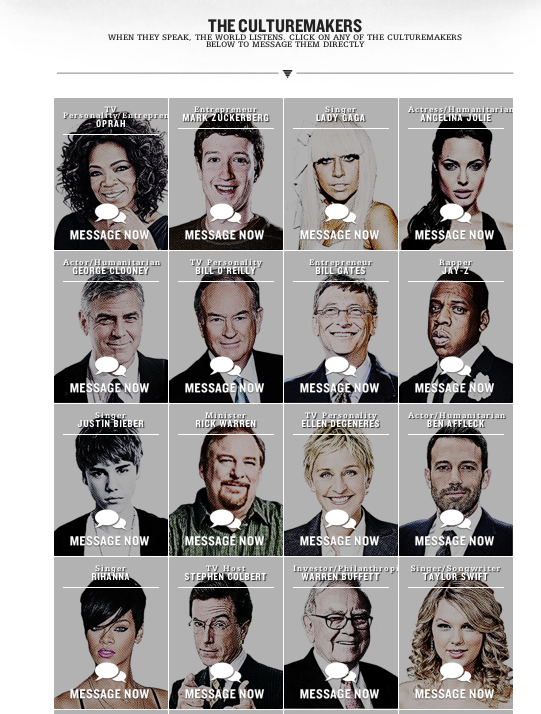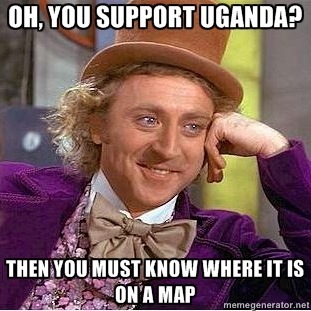In anticipation of the upcoming edited book, Spreadable Media (which looks pretty cool), I’m skimming old posts from Henry Jenkins on spreadability and looking over the Spreadable Media site. Today, I’m focusing on the distinctions between stickiness and spreadability, as discussed in Jenkins’ If It Doesn’t Spread, It’s Dead (Part Two): Sticky and Spreadable—Two Paradigms (2009). In this post, I want to identify a few passages for further reflection.
1. On consumers/readers as active agents, not passive hosts for “alien ideas”:
Consumers…are not simply “hosts” or “carriers” of alien ideas, but rather grassroots advocates for materials which are personally and socially meaningful to them. They have filtered out content which they think has little relevance to their community, while focusing attention on material which they think has a special salience in this new context. Spreadability relies on the one true intelligent agent — the human mind — to cut through the clutter of a hyper-mediated culture and to facilitate the flow of valuable content across a fragmented marketplace. Under these conditions, media which remains fixed in its location and static in its form fails to generate sufficient public interest and thus drops out of these ongoing conversations.
2. The 9 core distinctions between sticky and spreadable:
1. Stickiness seeks to attract and hold the attention of site visitors; Spreadability seeks to motivate and facilitate the efforts of fans and enthusiasts to “spread” the word.
2. Stickiness depends on concentrating the attention of all interested parties on a specific site or through a specific channel; spreadability seeks to expand consumer awareness by dispersing the content across many potential points of contact.
3. Stickiness depends on creating a unified consumer experience as consumers enter into branded spaces; spreadability depends on creating a diversified experience as brands enter into the spaces where people already live and interact.
4. Stickiness depends on prestructured interactivity to shape visitor experiences; spreadability relies on open-ended participation as diversely motivated but deeply engaged consumers retrofit content to the contours of different niche communities.
5. Stickiness typically tracks the migrations of individual consumers within a site; Spreadability maps the flow of ideas through social networks.
6. Under stickiness, a sales force markets to consumers; under spreadability, grassroots intermediaries become advocates for brands.
7. Stickiness is a logical outgrowth of the shift from broadcasting’s push model to the web’s pull model; spreadability restores some aspects of the push model through relying on consumers to circulate the content within their own communities.
8. Under stickiness, producers, marketers, and consumers are separate and distinct roles; spreadability depends on increased collaboration across and even a blurring of the distinction between these roles.
9. Stickiness depends on a finite number of channels for communicating with consumers; spreadability takes for granted an almost infinite number of often localized and many times temporary networks through which media content circulates.
I’m fascinated by this paradigm shift and its implications for how we understand and practice engagement online. I’d like to devote an Undisciplined Room podcast to this question. As a website developer, what does @room34 think about this shift? What are the implications for how business websites are created?
I’m also interested in what this shift does to our understanding of ethical engagement (in the forms of empathy, caring and paying attention/being curious about). In a more recent post (March 2012) on spreadability, Jenkins applies the theory to the #Kony2012 campaign. In this essay/post, he draws upon a recent working paper by Lana Swartz, especially her discussion of spreadability (getting people to pay attention and to share ideas and information) and it’s necessary complement, drillability (getting people to engage with ideas in a deep and meaningful way; to “drill down” to the complexity of the issue), a term she gets from Jason Mittell. He ponders the problems with the Kony campaign and how it’s been negatively received by its critics. Jenkins wonders,
whether despite our capacity for networked circulation, we have developed collectively the skills we would need for this kind of deliberative process. We do not know how much these other critiques are able to ride the coat tails of the rapidly circulating video, to what degree young people are inspired by the debate to think more critically about the frames they deploy in thinking about injustices in Africa or America’s place in the world.
In wondering about this issue, Jenkins cautions against both wholly dismissing the youth activist who were mobilized through Kony2012 and simply pushing for an increasingly complex articulation of the problem of/with Kony and the Kony campaign:
As Invisible Children’s critics seek to correct what they see as the simplifications and misrepresentations of the video, we can also hope they will do so in ways which respect the commitment of Invisible Children’s young activists, in ways which support their efforts to find their footing as political agents and make a difference in the world. There is a risk that a more complex and nuanced narrative may also be a disempowering one, one which, as so often happens, convince citizens — young and old — that they have nothing to contribute and that these matters are best left in the hands of experts.


